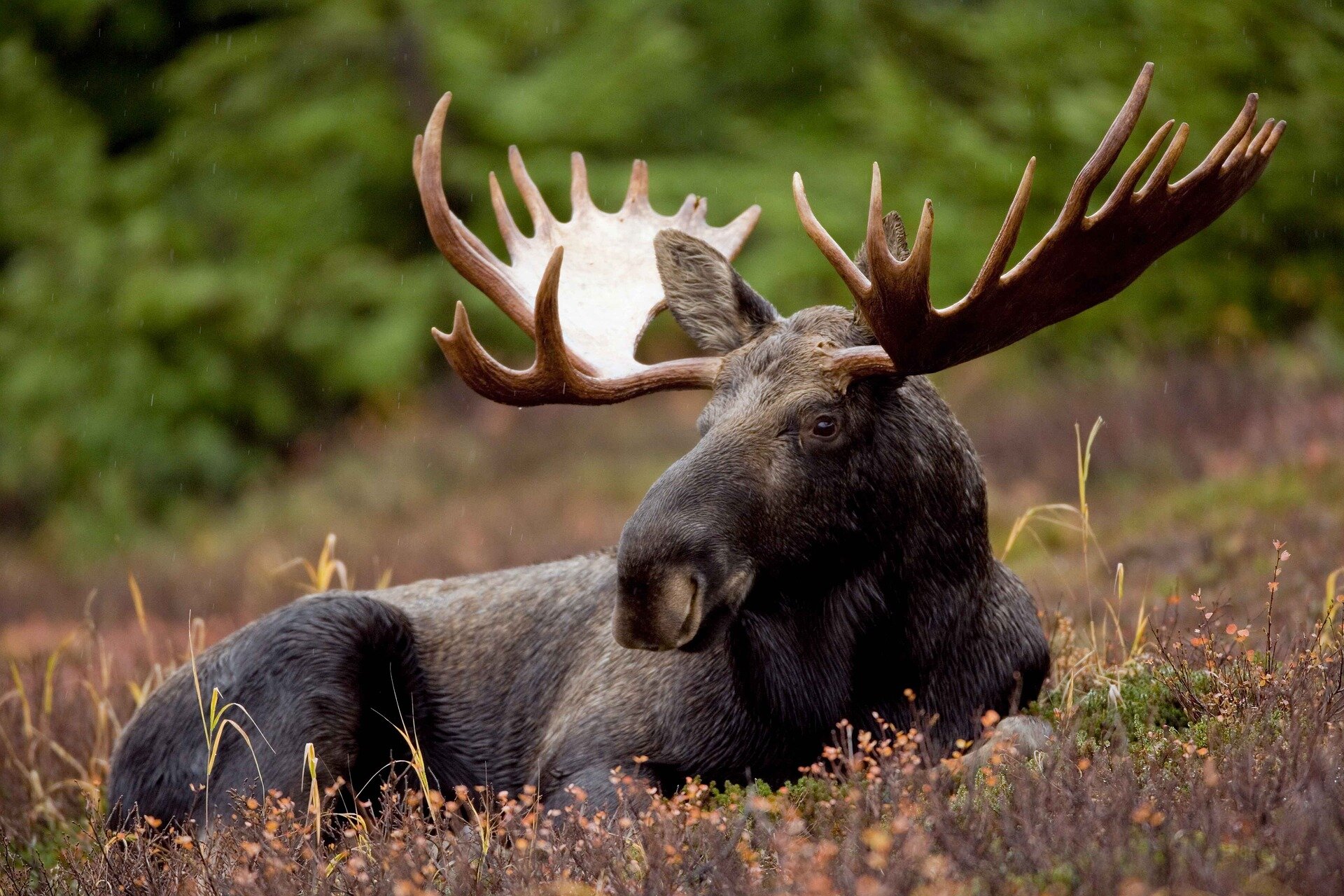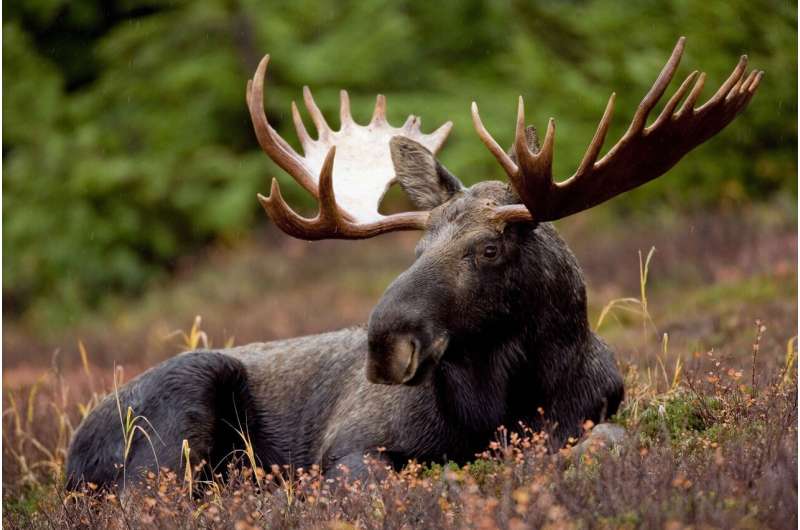

What is the “most Canadian” animal? Spoiler: it’s not the beaver, or the moose. Published in the journal The Canadian Field-Naturalist, the study from a team of Simon Fraser University researchers ranks, for the first time ever, species of terrestrial vertebrates in Canada by their level of Canadian evolutionary distinctness: the amount of time animals have evolved independently from other Canadian species.
High-ranked species have no close national relatives and can embody up to a hundred million years of evolution shared with none other in the country.
The study found that, overall, amphibians and reptiles are Canada’s most evolutionarily distinct species, with Apalone spinifera—better known as the spiny softshell turtle—being the most evolutionary distinct terrestrial animal in the land.
According to the study, the most nationally evolutionarily distinct animals by taxonomic group are:
- Spiny Softshell Turtle (turtles)
- Mudpuppy (amphibians)
- Northern Alligator lizard (reptiles)
- Virginia Opossum (mammals)
- Belted Kingfisher (birds)
- Pond Slider (exotic species)
“We weren’t surprised by the Opossum,” says Emma Kominek, a master’s student who collated the lists. “It’s Canada’s only Marsupial. But the aquatic mudpuppy salamander? That was interesting.”
The authors considered all known Canadian vertebrates (222 mammal, 674 bird, 48 amphibian and 49 reptile living species) and created Top 20 lists for each group based on their national evolutionary distinctiveness (ED) scores.
Researchers measure ED by tracing a species’ entire family tree. The further back in time a species connects to its family tree and the fewer relatives it has overall, the higher its ED score. For these national scores, the researchers considered just the species found in the country.
All the animals in the Top 20 rankings have long evolutionary histories and all have biological features that can’t be found in any other species in Canada. Such species contribute more to the Canadian Tree of Life, an important concept in biology illustrating the history of life on earth.
“Conservation of species at risk is often done at the national level,” says SFU biological sciences professor Arne Mooers, who sits on the Committee on the Status of Endangered Wildlife in Canada, and who led the research. “So, it made sense to consider our national evolutionary heritage in this way.”
In the face of current pressures on biodiversity—such as climate change, habitat loss and limited resources available for conservation—Mooers says the study can serve as a new tool to help national policy-makers prioritize which species to focus conservation efforts on.
Researchers also rated the distinctness of exotic species; animals that are not native to Canada, but that have been introduced as a result of human activity.
Exotic species are not currently considered suitable targets for conservation, but researchers were surprised to find that seven exotic animals cracked the Top 20 National lists.
“Some of these exotic species—like the European Wall Lizard—come from far away, so it makes sense they have no relatives in Canada” said Mooers. “But we were surprised to see the wild horse and feral pig high in the list.” In the future, Mooers added, there could be value in considering exotic species as part of Canada’s biodiversity.
And what of the mighty beaver’s place as a national icon?
Parks Canada won’t have to pull its likeness from its logos anytime soon.
Two species of beaver still cracked the Top 20 list as Canada’s most distinct mammals: the ironically named American beaver and the mountain beaver at numbers three and six, respectively.
More information:
Emma Kominek et al, Evolutionary isolation of Canadian terrestrial vertebrate species, The Canadian Field-Naturalist (2024). DOI: 10.22621/cfn.v137i4.2673
Provided by
Simon Fraser University
Citation:
Move along moose: Study reveals the ‘most Canadian’ animals (2024, October 25)
retrieved 25 October 2024
from https://phys.org/news/2024-10-moose-reveals-canadian-animals.html
This document is subject to copyright. Apart from any fair dealing for the purpose of private study or research, no
part may be reproduced without the written permission. The content is provided for information purposes only.